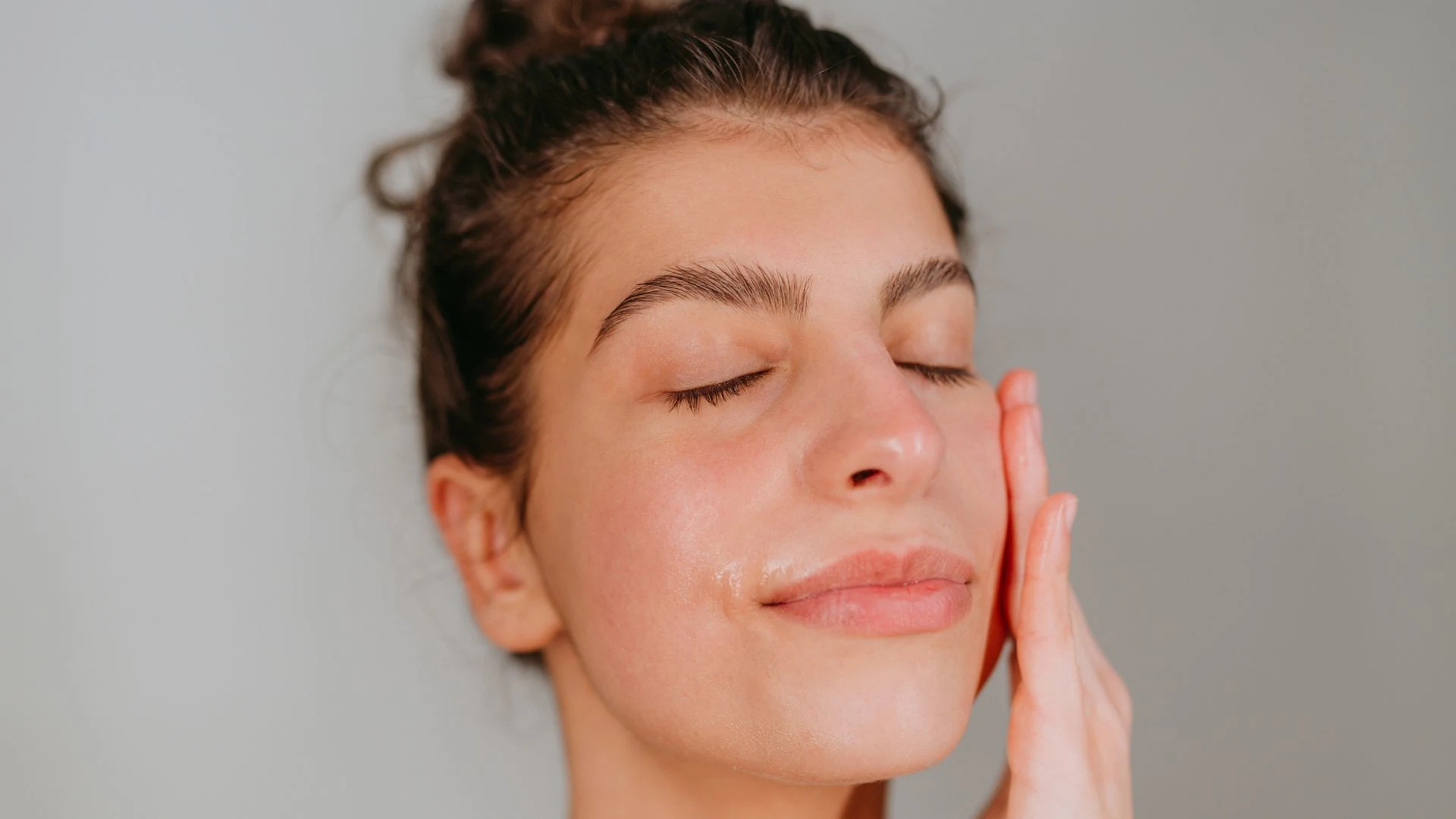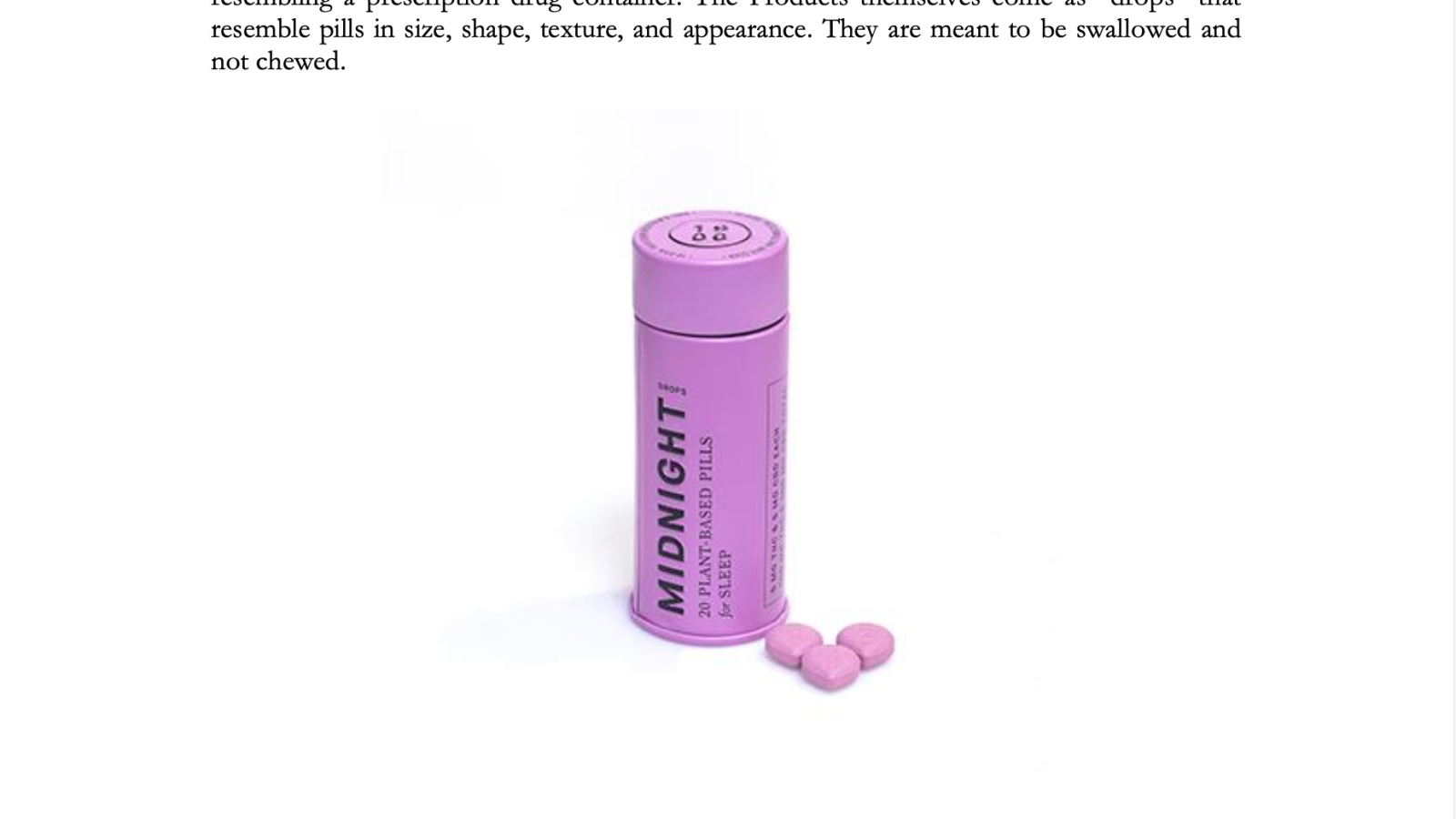By Laura Sutcliffe
Copyright hellomagazine

Your skin changes throughout your life. From baby eczema when you enter the world, to teenage zits, and dryness and wrinkles as we age, it’s constantly evolving. It can be hard to cope with these changes at times, which are nearly always associated with hormones. I have had many questions in my ‘Ask Laura’ inbox from women experiencing perimenopausal changes, in particular, how to tackle the presence of oily skin. One lovely lady penned: “Hi Laura! I am 49, and currently going through perimenopause. My skin is still quite oily, and while trying to use some good quality face creams, I find most of them too rich. Often, I wake up with my face so shiny/oily. Any tips for combating this?”
Why do you get oily skin in perimenopause?
“During perimenopause, fluctuating hormones, particularly declining estrogen and shifting progesterone, can cause surprising changes in the skin, including increased oiliness, adult acne, and enlarged pores,” Dr Kiran Juneja, Skincare Expert and Aesthetics Doctor, tells HELLO!.
“This is because androgen levels can relatively increase, stimulating the sebaceous glands and leading to more oil production.”
How to combat oily skin
To get through this, Dr Kiran Juneja feels you need to go easy on products. “To combat this, it’s important to balance oil without overstripping the skin. Gentle, noncomedogenic cleansers are key, ideally ones that remove excess sebum without disrupting the skin barrier. Lightweight, oil-free moisturisers containing hyaluronic acid or glycerin help maintain hydration without adding extra oil.”
Treat the skin
Treating the skin is key in your skincare routine, too. “Incorporating exfoliating acids like salicylic acid a few times a week can help keep pores clear and reduce congestion, while niacinamide is excellent for regulating sebum production and improving skin texture. For those experiencing breakouts, targeted spot treatments with benzoyl peroxide can be useful, but should be introduced gradually to avoid irritation.”
Professor Firas, Consultant and Dermatologist, agrees. “Use appropriate skincare tailored to these changes,” he explains. “Gentle cleansers and hydrating ingredients such as hyaluronic acid can help restore moisture and strengthen the skin barrier. Depending on the level of sensitivity, introducing a retinoid or an alpha hydroxy acid may also support cell turnover and improve overall skin texture.”
Lifestyle changes
There are some changes you can make in your day-to-day life, too. “Lifestyle factors also play a role: staying hydrated, managing stress, and maintaining a balanced diet can all help regulate oil production. A consistent, simplified routine is often better than overloading the skin with too many products, which can exacerbate oiliness and sensitivity,” she adds.
Facial treatments that can help with oil production
Laura Porter, Skincare Expert, Facialist & Founder of FAB Skincare, recommends specialised facial treatments to alleviate the buildup of oily pores. “Regular facial massage or lymphatic drainage can improve circulation and reduce congestion in the pores, helping to move excess oil and reduce puffiness for a smoother texture without harsh chemicals,” Laura quips. “For perimenopausal clients, I often recommend a mix of hydrating facials with gentle enzyme exfoliation rather than strong acid peels, which maintains barrier health while keeping pores clear and oil levels in check.”



